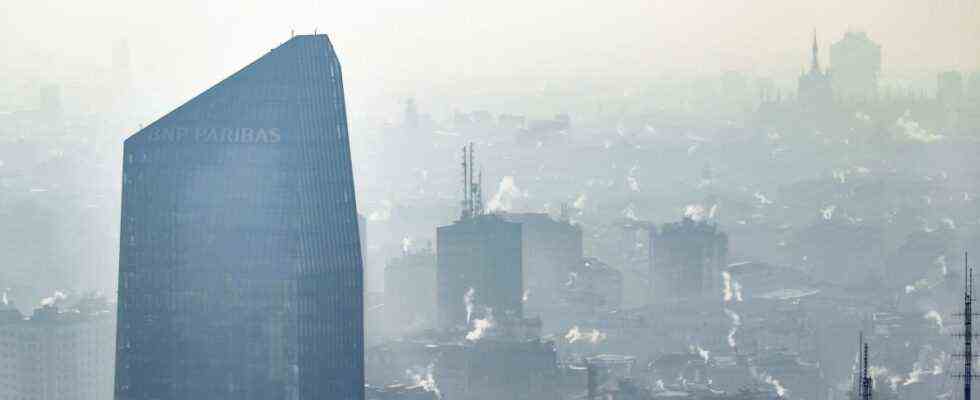The air quality in Europe is improving, but hundreds of thousands of people still fall victim to pollution from fine dust and other pollutants every year. As the EU Environment Agency EEA announced on Monday, an estimated 307,000 people died prematurely in the European Union in 2019 as a result of the pollution of their ambient air with fine dust, tens of thousands of them in Germany. According to the EEA, more than half of these premature deaths in the EU could have been prevented if all member states had complied with the new guidelines set by the World Health Organization.
The WHO had made its recommended limit values for pollutants in the air much stricter in September. What the organization considers to be justifiable in terms of health is therefore even more significantly below the EU guideline values currently applicable in Germany. According to WHO estimates, seven million people die prematurely worldwide every year as a result of air pollution.
The Copenhagen-based EEA has now underlined in a comprehensive analysis of the 27 EU member states and 14 other European countries that air quality in Europe was better in 2019 than in 2018. This also had fewer negative health consequences for Europeans. This means that 2019 is in line with the trend of previous years: in the long term, air pollution is falling, while countries are working to reduce their climate-damaging emissions and improve air quality.
In addition to fine dust, nitrogen oxides and ozone are also shortening life expectancy in Europe
Investing in cleaner ways of heating, transport, agriculture and industry will improve health, productivity and quality of life for all Europeans, said EEA Executive Director Hans Bruyninckx. “These investments save lives and also help to accelerate progress towards CO₂ neutrality and strong biodiversity.”
As part of its so-called European Green Deal, the EU Commission has set the goal of reducing the number of premature deaths from exposure to particulate matter by more than 55 percent by 2030 compared to 2005. According to the EEA, the EU is currently on the right track: this number was reduced by around a third between 2005 and 2019.
However, this does not mean that the fight against air pollution has been won: As the analysis published annually shows, in addition to the 307,000 premature deaths due to fine dust, 40,400 others are due to chronic exposure to nitrogen dioxide and 16,800 to ground-level ozone. In the case of Germany, the Environment Agency gives these numbers as 53,800, 6,000 and 3,350.
Overall, however, the EEA comes to the conclusion that the situation has improved in 2019 compared to the previous year, mostly for nitrogen dioxide. But: Despite the progress made in recent years, there is still a long way to go before the level of the new WHO limit values is reached, says the WHO European Regional Director, Hans Kluge.
It was only in September that the Environment Agency warned that people in large parts of the EU were still breathing too many pollutants. The concentration of air pollutants was still too high in most European countries, the EU authority announced at the time. Most EU countries exceeded at least one of the statutory EU limit values in 2019. In Germany, values above the EU limits were measured for nitrogen dioxide (NO₂), ground-level ozone (O₃) and benzo (a) pyrene (BaP) – a carcinogenic pollutant that is mainly produced when coal and wood are burned.

